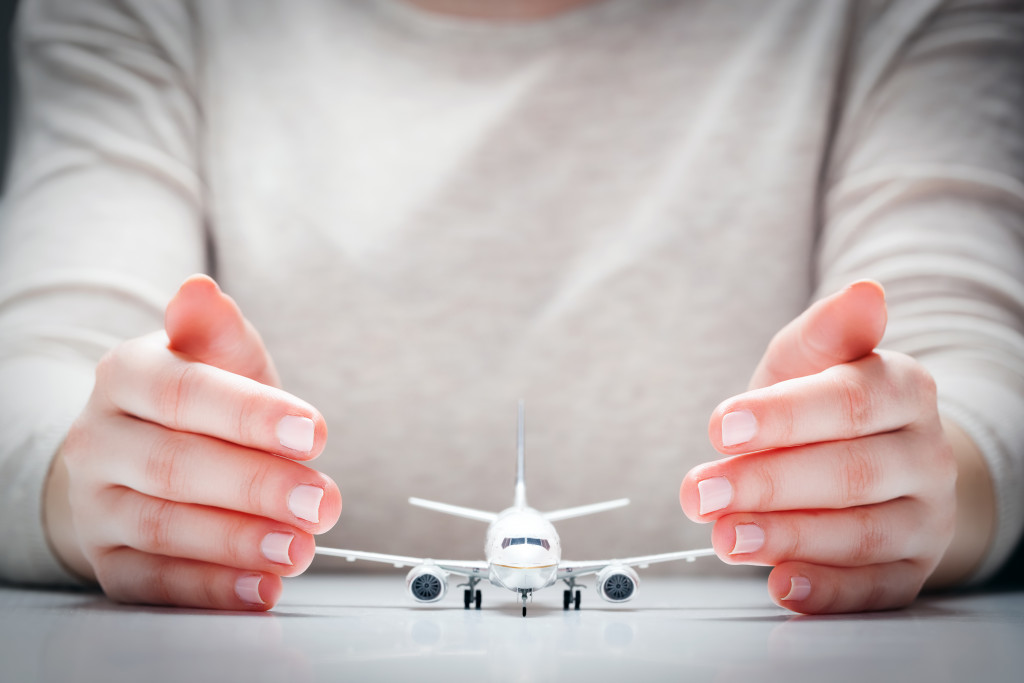• Sustainable maintenance practices help save money in the long run by catching minor issues early and avoiding safety risks.
• Develop a service plan or checklist for regular maintenance and keep detailed records of all work completed.
• Replace worn-out parts immediately, understand the limits of your aircraft, and be mindful of the weather conditions when flying.
• Review each component of your plane and make sure they’re in good condition before taking off.
Owning a private aircraft is an exciting experience. But keeping it maintained and running smoothly requires proactive, sustainable practices. So what should you do to keep your plane up and running? Here are the benefits and strategies for sustainably maintaining your private aircraft.
The Benefits of Sustainable Maintenance Practices
Regularly maintaining your aircraft is more than just ensuring it runs well. Sustainable maintenance practices can also help you save money in the long run. After all, if you don’t maintain your aircraft regularly, small issues may become much more serious problems down the road—fixing them can get expensive fast.
Regular maintenance helps you catch small issues before they become major repairs and saves you big bucks in the long run. For example, regular oil changes can keep your engine running smoothly, while regular inspections and tune-ups help you identify potential issues early on.
Additionally, sustainable maintenance practices can help make sure that everything is always running safely and efficiently on board your plane. Sustainable maintenance keeps everyone flying safe, no matter how far up in the sky, by avoiding safety risks like engine troubles or electrical failures.

Sustainable Maintenance Strategies
So what does sustainability look like when it comes to aircraft maintenance? Here are some strategies to consider and take to heart:
1. Have a Service Plan or Checklist
To start with, make sure you have a service plan or checklist that covers all of your regular maintenance procedures—this will help ensure that nothing slips through the cracks as time goes on. Additionally, it’s important to make sure you keep detailed records of all maintenance work—this will help you create a timeline for future appointments and repairs.
2. Take Special Care With Some Components
In addition to regular maintenance, it’s vital to pay special attention to specific components that require more frequent care. For example, rubber components on the aircraft can wear down quickly and need replacement every so often. Make sure you know when these parts need replacing and replace them promptly—this will help keep your plane running smoothly for longer.
3. Consider Used Avionics Systems
When it comes time to replace certain components, consider buying a used avionics system. This can often be much more cost effective than buying new parts and will help you maintain your aircraft in a more sustainable way. It’s also a good idea to ensure the used parts are certified by a trusted repair center.
4. Replace Worn Out Parts Immediately
Also, make sure you replace any parts that are showing signs of wear and tear right away. This will help prevent further damage to other components and ensure that your aircraft is always running at peak performance.
5. Understand Your Aircraft’s Limitations
It’s essential to understand the limits of your aircraft and not push them too far to avoid any potential safety risks. Make sure you know what terrain or weather conditions your plane can handle, and always plan accordingly when flying.
6. Be Mindful of Weather Conditions
Last but not least, always be mindful of the weather conditions when flying your aircraft. Pay attention to the forecasts and take necessary precautions to ensure that you fly safely—this will help you stay safe in the sky and make sure your plane is running efficiently.

How To Start The Transition
If you’re ready to start transitioning to a more sustainable approach to aircraft maintenance, the best place to start is by understanding your current practices and what needs improvement. Review each component of your plane and ensure they’re in good condition; if not, make sure you address those issues immediately.
Your service plan or checklist should include inspections, oil changes, tune-ups, and any other components that need special attention. Additionally, use certified used parts where possible to save money and resources.
With sustainable practices, you’ll be able to keep your aircraft up and running with minimal costs and effort—that way; you can enjoy the many benefits of owning a private plane for years to come.
At the end of the day, maintaining a private aircraft requires vigilant work and dedication. But by practicing sustainable maintenance strategies — like having a service plan and being mindful of weather conditions — you can keep both your plane and yourself safe while saving money in the long run. With these tips in hand, you’ll be ready for takeoff in no time.








